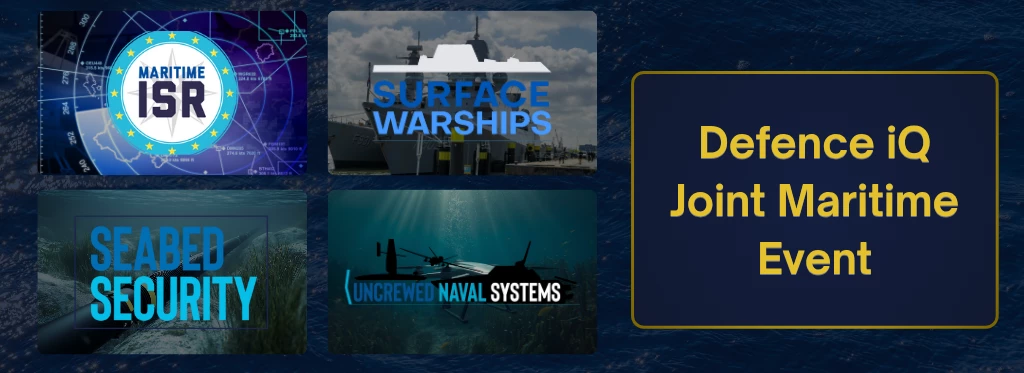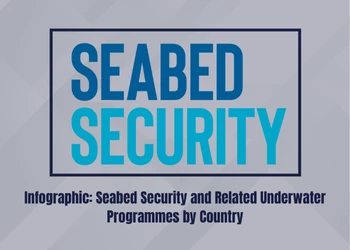The Navy After Next: The Need to Continue to Build a Culture of Innovation
Add bookmarkBy RDML James Shannon, USN, Lisa Yarbrough, and William M. Johnson, published in Naval Engineers Journal, 2010 #1
The United State’s approach to its science and technology (S&T) program is in need of reevaluation and change so that our country will be better prepared for future warfare. Terrorist groups and rogue nations will continue to conduct sophisticated attacks simply by leveraging commercial technologies. This article describes the essential changes needed to S&T. The views expressed in this article are those of the authors and are not necessarily the official policy of the US Navy or any other organization. The intent of this article is to foster dialogue and the changes needed to continuously stay ahead of our adversaries.
Extract:
Introduction: Changing Our Approach to Science and Technology
Shortly after the attacks of September 11, the Secretary of Defense noted in the Quadrennial Defense Review (QDR) that it was essential that the United States plan not only for conventional wars but also develop plans to ‘‘deter and defeat adversaries who will rely on surprise, deception, and asymmetric warfare to achieve their objectives.’’ The use of improvised explosive devices (IEDs) over the last 8 years by the enemy in Iraq and Afghanistan reinforces the need to change the Department of Defense’s (DOD’s) approach to acquiring and fielding warfighting capabilities. This change must start by reevaluating our approach to science and technology (S&T).
In 2009, the DOD budgeted approximately US$79.6 B in research, development, test and evaluation to develop and improve warfighting capabilities according to the Office of the Under Secretary of Defense (Comptroller), Department of Defense Budget, Fiscal Year 2009. This sizeable investment in light of the potential threats we face as a nation requires a balanced approach that can support the full spectrum of conflict in any and all scenarios we may face in the future. Four essential changes are needed. First, there must be increased transparency into S&T investments. Second, investment in basic research must be protected as changes in the threat environment create more strategic challenges. Third, there must be a more efficient path for technology transition, with an emphasis on affordability. Finally, there must be a culture of innovation that is built on collaboration and taps the ideas of many.
[inlinead]






















